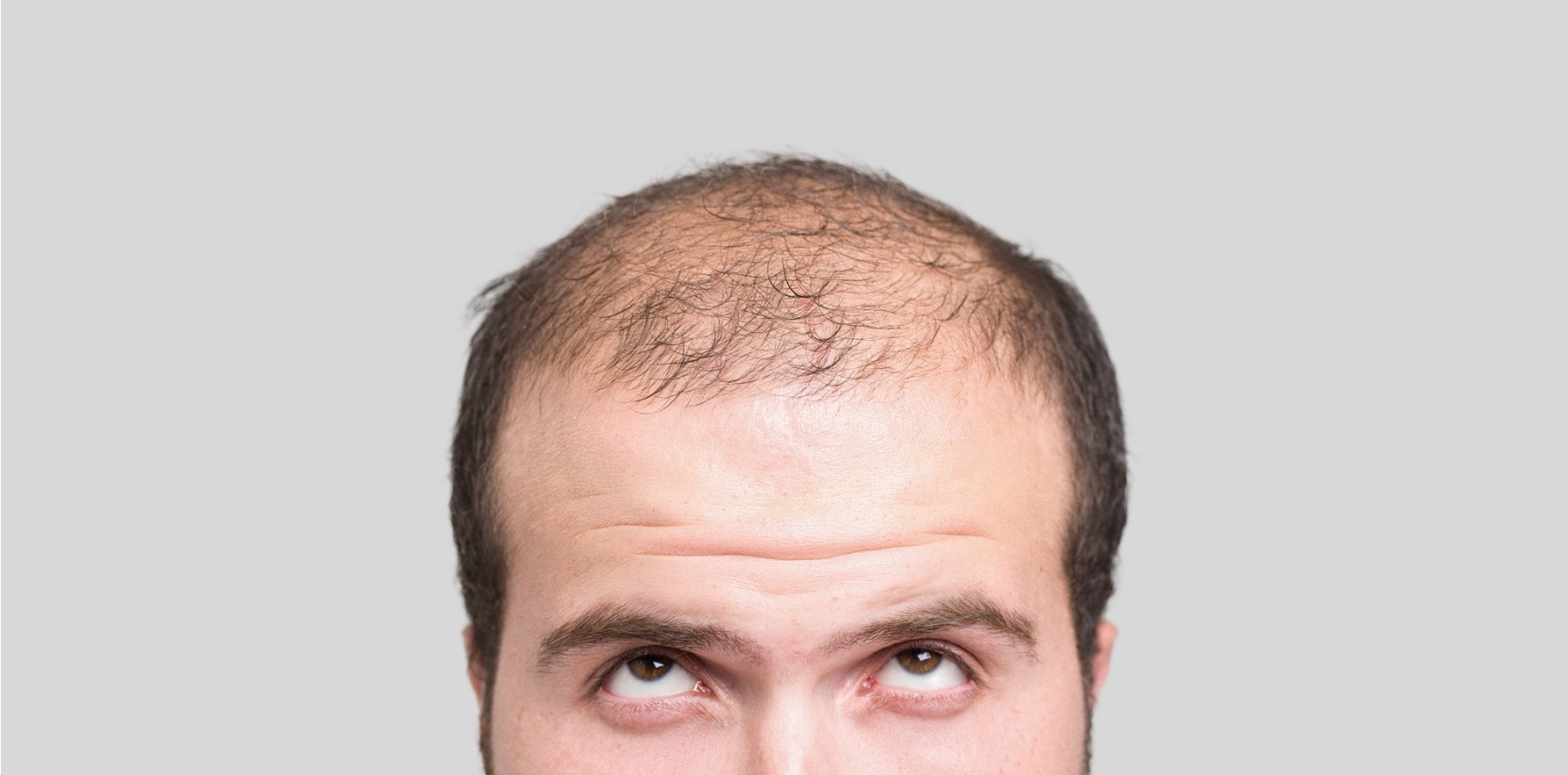Occam’s razor strikes again, serving as a timely reminder coming into summer.
“A hat, a hat, my kingdom for a hat!” – Vin Diesel (probably)
Hair loss has long been associated with an increased risk of skin cancer. While the most obvious explanation is that less hair on the head equals less sun protection, there have been suggestions that androgen levels may also increase the risk of skin cancer.
However, the evidence linking hormones and cancer risk are unclear.
Now, new research published in Nature Communications confirms the most straightforward theory is indeed correct.
“We sought to find clear answers and unsurprisingly, it appears the more common-sense explanation is the correct one. Balding men are more susceptible to sun damage and skin cancer because they have less hair protection,” said lead author Dr Jue Sheng Ong (PhD), a research officer from the QIMR Berghofer Medical Research Institute.
Researchers analysed genetic and sex hormone data from more than 220,000 participants from the UK Biobank study, and over 29,000 Australians with melanoma or keratinocyte cancer from the Qian Study and Melanoma Institute Australia. They also explored the association between androgenetic alopecia and skin cancers by body site.
Having a greater genetic risk of androgenetic alopecia was also associated with a 23% to 31% increase in the risk of developing a melanoma on the head or neck. This finding was mainly due to a 33% to 66% increase in the risk of developing melanoma on the scalp.
While the obvious explanation (the scalp of androgenetic alopecia patients was more exposed to the sun) certainly contributed to the finding, the researchers emphasised this was not the only reason for the increase in risk.
“Associations between balding and skin cancers be amplified by ascertainment and detection bias, where tumours at the scalp or forehead region are more apparent among patients with male pattern baldness,” they wrote.
Despite this, researchers did not find a similar association between androgenetic alopecia and site-specific basal or squamous cell carcinomas.
The reason for this lack of an association is not exactly clear, but alopecia specialist Dr Leona Yip suggested geographic and lifestyle differences between the two cohorts could be a contributing factor.
“Most of the keratinocyte cancers in the study were recruited from the UK Biobank, where there is lower UV radiation compared to men who live in Australia,” Dr Yip told The Medical Republic.
In addition, and contrary to recent observations, researchers found no evidence that the associations between androgenetic alopecia and melanoma or keratinocyte cancers were influenced by endogenous hormone levels (total testosterone, free testosterone and sex hormone-binding globulin).
But they did find an association with genes known to influence skin pigmentation, which may alter the risk of skin cancer in addition to hair loss alone.
While it may seem obvious that men with less or no hair have a greater risk of developing skin cancer, it was important to remember that assumptions are not the same as evidence, senior author Associate Professor Matthew Law, a statistical geneticist from the QIMR Berghofer Medical Research Institute, said in a statement.
“It’s important that we investigate and prove causality to inform the best evidence-based prevention for deadly skin cancers – even if the answers seem obvious,” he said.
“Health programs and interventions cannot be guided by assumptions. They need to be backed by evidence if they’re to work.”
Dr Yip agreed with Professor Law’s comments and emphasised the need for ongoing work on promoting sun safe practice messaging.
“Five national surveys conducted by the Cancer Council during Australian summers between 2003-04 and 2016-17 worryingly show outdoor hat usage was consistently less than 50% in adults and teenagers,” she said.
“There should be a stronger impetus for everyone to wear a hat outdoors, especially men with less hair or no hair on their scalp. This practice needs to start from a young age, as we know UV exposure in childhood and teenage years greatly increases the risk of skin cancers later in life.”


